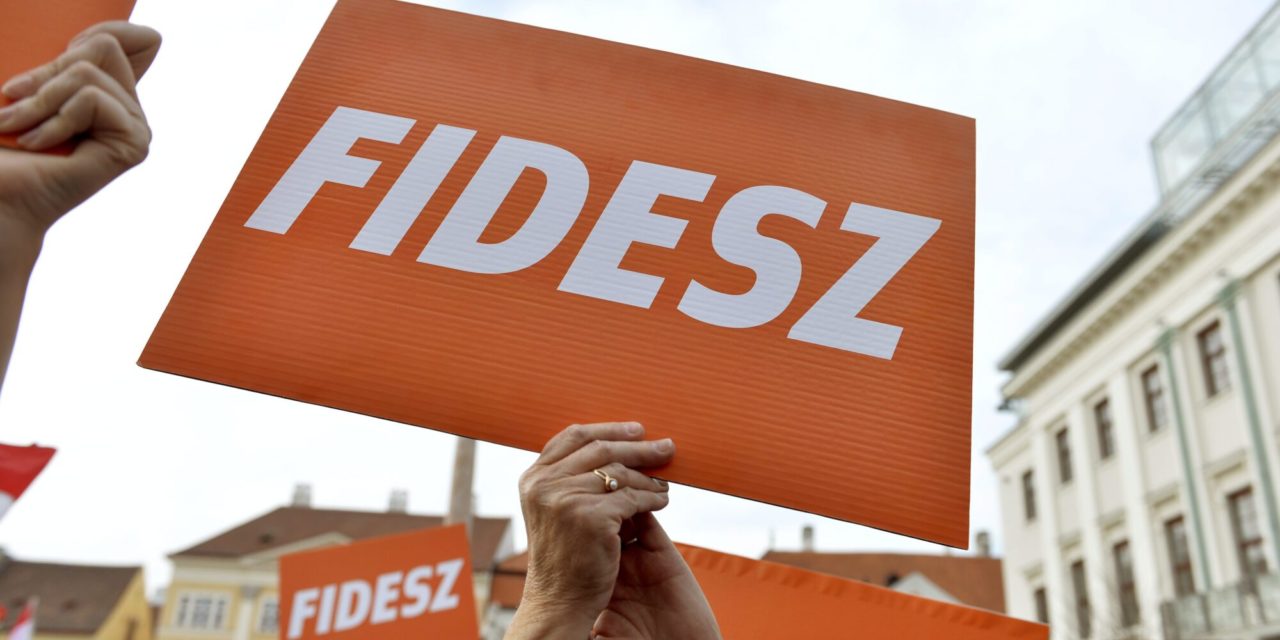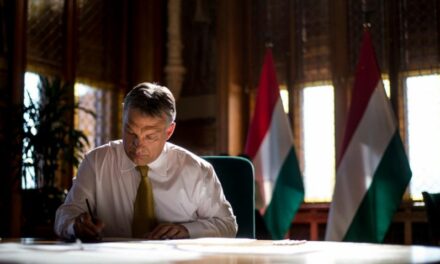Even in the midst of war pessimism and the sanctions crisis, the mood of Hungarians improved, and the governing parties maintained their support in the election, according to the latest public opinion polls of the Nézőpont Intézet and the most recently published by Median.
The Nézőpont Institute reported that, despite the sanctions crisis, the public mood of Hungarians has improved, and the majority of them continue to support the government parties. Proof of crisis-proof governance is the result of both the Median survey at the end of February and the Nezőpont Institute survey at the beginning of March, they added.
They pointed out that, based on the research results published for the first time after the opening of the 2023 political season - almost identical within the margin of error - the public mood of Hungarians improved significantly at the beginning of this year, despite the wartime pessimism.According to research conducted by the Nézőpont Institute and Median in December, two-thirds of Hungarians (66 percent respectively) thought that things had gone in the wrong direction at the end of the year, however, at the end of February and the beginning of March, there were almost ten percentage points less pessimists (57-58 percent ).
At the same time, based on the research of the Nézőpont Institute, the proportion of optimistic Hungarians increased from 26 percent to 32 percent, while the proportion of optimistic Hungarians increased to an even greater extent, from 27 percent to 37 percent.
they wrote.
It was noted that the Viewpoint Institute last measured the popularity of the parties at the end of February, at the same time as Median. Both studies found similar supporting data. The Nézőpont Institute examined the most likely list results of the parties based on the basis of sure voters, based on which more than half of the voters (52 percent) would support Fidesz-KDNP, Median also pointed out that among the "sure" voters who could choose the government party would make up more than half of the voters (51 percent).
The two surveys similarly saw the DK as the largest opposition party: with 12 (Viewpoint) and 14 (Median) percent support.However, in the case of the third most popular party, there is a slight but within margin of error difference between the data of the two institutes. Nézőpont measured the support of Mi Hazánk at 9 percent, while Median saw Momentum as a force of 9 percent.
Based on both surveys, the Hungarians would get the Kétfarkú Kutya Pártó into the parliament: 9 (Point of view) and 6 (Median) percent, and Jobbik is on the verge of entering the parliament in both cases: 4 (Point of view) and 5 (Median) percent. In the event of a separate start, according to none of the surveys, there would be no more opposition forces in the parliament: Everyone's Hungary and LMP are 2-2, A Nép Pártján is 2-1, MSZP is 2-1, and Párbeszéd is at 0 and 2 percent.
Source and featured image: MTI












